The history of Tenzan Sake Brewery
1861
A milling and noodle business was established at the current location – Iwakura, Ogi-machi, Ogi, Saga (Gion riverbank).
The root of our company is water milling. Using the stream of clear water from the Gion river, a milling business was established first, and then the milling and noodle business in 1861. At that time, during the national isolation, Japan looked abroad for new ideas. Kaishu Katsu made his first voyage to the United States on the Kanrin-maru. The Shichida’s were dealing with local sake brewers and milling their sake rice.
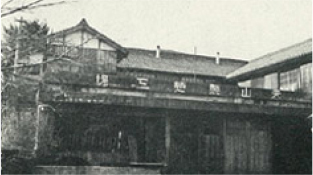
The entrance to the Tenzan noodle factory
1875
Toshizo Shichida and his wife, Tsuki, started brewing sake at the same location.
In 1875, Toshizo Shichida, was asked by the owner to purchase not only all his brewing equipment, but also his brewery which was closing down. As a result, he became the first brewery Kuramoto (brewery owner). A rumour spread that the Shahida’s would even start a sake brewery, and he really ended up starting the business. The noodle business that started as a milling business was run with the best manufacturing facilities in the early – mid 20 century, but it came to an end in the 1960s. Around that period, Hideichi Shichida, the third Kuramoto, was delighted when a famous restaurant, Kuramoto in the Kansai area, praised his somen noodles as having the best quality in Japan.
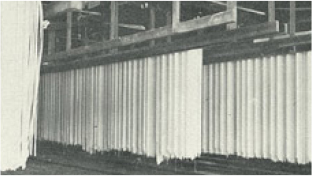
The noodle factory operated until the mid-1960s.
1936
The second Kuramoto (brewery owner), Hideichi Shichida, established a general partnership, Shichida Honten.
The second Kuramoto (brewery owner), Hideichi Shichida (the first Hideichi) was extremely knowledgeable about architecture, and had his own (non-profit) lumbermill and hired carpenters, plasterers and tinners.
He built not only the brewery but also Ganzoji and schools in the local area. He donated the buildings and diligently played an active role in the local community.
The second Kuramoto was particular about architecture and the “Meiji cellar”, “Taisho cellar”, “Showa cellar” and “Vertical water wheel” and its water channels, have been designated as Registered National Tangible Cultural Properties and also acknowledged as Saga Prefectural Heritage. The impressive cellars are still in use.
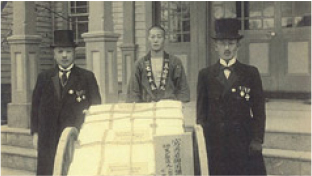
1916 Sake granted a royal warrant
The first Hideichi Shichida (left) Mr. Kishida (right)
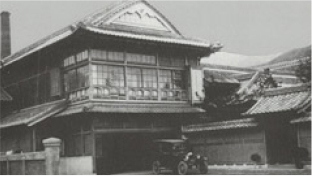
The main building of Tenzan Sake Brewery before a flood disaster
1959
The third Kuramoto (brewery owner), Hideichi Shichida (succeeded to this name)
Capital value 9,000,000 Yen Reorganised as Tenzan Sake Brewery, Inc.
The third Kuramoto (brewery owner), Hideichi Shichida (the second Hideichi) had a great knowledge of agriculture. Not only did he study sake rice but he also dreamed about the restoration of regional agriculture after World War II. He aimed at creating leaders for farmers, and established an agricultural university at his own expense in 1946.
His passion for agriculture with his agricultural management and the establishment of a university was made use of in sake brewing. He managed the business selecting Ingredients of his choice and cultivated one of the most suitable sake rices of that period, called “Omachi”, in his own field.
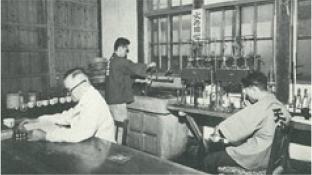
A scene in the brewing laboratory
1971
The fourth Kuramoto (brewery owner) Tadao Shichida Capital increased to 18,000,000 Yen
The fourth Kuramoto (brewery owner), Tadao Shichida achieved the maintenance of the rice milling equipment, changed the size of the preparation tanks and modernised the bottling process.
He was also ahead of the times and brewed Junmai sake (called additive-free sake) which was unknown at that time and worked on “activities for the promotion of Junmai sake” as a member of the Japan Junmaishu Association.
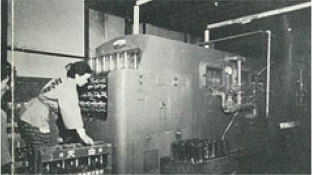
A scene of brewing in times past (bottle washing)
1976 – November 2009
The fifth Kuramoto (brewery owner) Toshihide Shichida
The spirit of “attention to detail” has been passed from generation to generation as part of the Tenzan DNA. For “quality first brewing”, the cultivation of sake rice as a raw ingredient and the study groups held with contracted farmers help to ensure product quality is improved many times over the years. “Brewing starts from rice producing” is the “being eternal” part of the fifth Kuramoto (owner), Toshihide Shichida’s management philosophy, namely “to integrate new things whilst being eternal”.
In 1997, he launched “Iwa no Kura”, a limited edition brand available in Kyushu only.
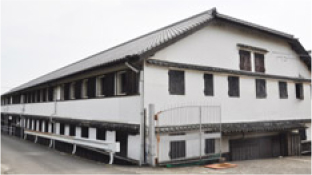
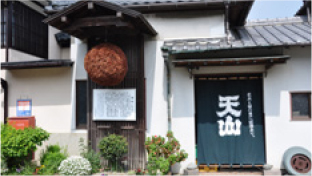
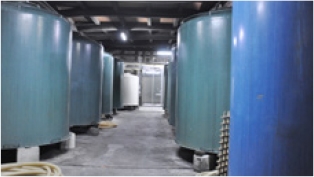
December 2009
The sixth Kuramoto (brewery owner) Kensuke Shichida the Representative Director
Challenge of new style of Japanese sake
For further quality improvement, he introduced the latest filling line in November 2015.
The Italian monoblock filling machine can prevent oxidation by injecting nitrogen gas which reduces oxygen inside the bottle when filling and capping.
He has also propelled the development of world-class sparkling sake.
In the Japan Awasake Association, Kensuke Shichida acts as a director and has been working on new product development and promotional activities.
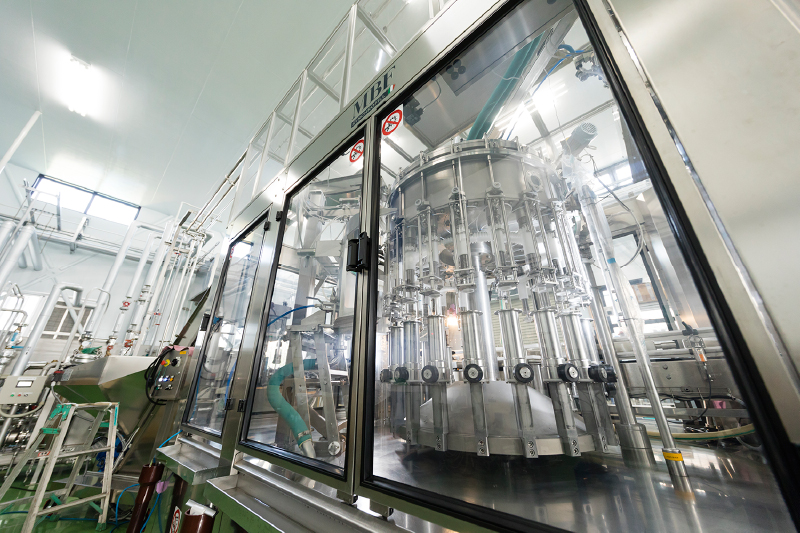
The Italian monoblock filling machine
